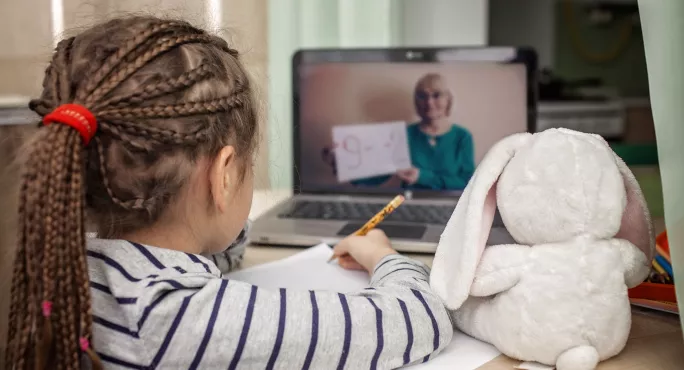What’s the key to remote learning? You already use it

Quick wins are few and far between in teaching, and attempting to improve our practice usually involves complex decisions in which the benefits of a strategy have to be weighed up against a host of potential costs.
However, during remote teaching, I have been using one particular strategy much more and it is one I plan to increase my use of when I am back in the classroom. This strategy is summaries.
Summaries for learning are an example of what researchers Fiorella and Mayer term a “generative learning activity”. These are activities in which the learner has to think hard about the information they are presented with and find a way to link it to their prior knowledge.
Improving remote learning
This makes the new information meaningful learning, in the sense that the learner can then apply it to new situations in the future - the information has a meaning beyond its immediate context.
Like other forms of generative learning activities, writing summaries involves the pupil going through three cognitive processes, known as Mayer’s SOI (structure of intellect) model.
- Selection - The learner has to think hard about the information from the text or explanation they want to include in their summary, and what to discard as either irrelevant or, at least, less important.
- Organise - Next, they need to organise the information they have selected in their working memory to put it into a coherent form.
- Integrate - Finally, they will have to integrate this newly structured information into their long-term memory by drawing on their prior knowledge to make sense of it.
There are a number of ways we can use summaries.
Examples of summarising
The simplest and commonest way to employ this strategy is to ask pupils to summarise what they have learned in a lesson. This is already a very common plenary activity but could be refined further by taking steps to avoid having pupils simply parrot back something they have heard and instead lead them through the three SOI steps above.
Ask them to select three things they have learned from the lesson that they think are most critical, to put them together into one paragraph and then to explain how they link to previous lessons.
We can do this as part of the Cornell Notes system that many schools are starting to adopt.
We can also use summaries to help pupils better remember and comprehend a text by asking them to write a summary above each sentence or after each paragraph. This way, they have the opportunity to stop and reflect on what they have read before moving on, and it has been found to increase not only recall of the text but also comprehension of what has been read (see Generative Processes in Reading Comprehension).
Revision strategies
The writing of summaries may also be an effective revision strategy, as long as pupils are taught how to do it well. The problem is likely to be the temptation to simply copy notes from place to place and call it a summary without going through the necessary three steps of selecting, organising and integrating.
As with any revision strategy that we want to use, we need to teach our pupils how to use it in our subjects.
I have found that it is important to provide models of how to summarise, as well as a framework for the learners to use at first.
As with so many effective teaching and learning strategies, this is nothing new. But I have found that having a better understanding of the underlying principles behind something old has helped me to apply it in new and more effective ways.
In summary, generative learning activities remind us of the importance of insisting that our pupils think hard about the information they are given so that they turn it into meaningful learning. They need to select, organise and integrate this information into their existing schemas and we need to help them to do this.
Mark Enser is head of geography and research lead at Heathfield Community College in East Sussex. His latest book is Teach Like Nobody’s Watching and he tweets @EnserMark
You need a Tes subscription to read this article
Subscribe now to read this article and get other subscriber-only content:
- Unlimited access to all Tes magazine content
- Exclusive subscriber-only stories
- Award-winning email newsletters
Already a subscriber? Log in
You need a subscription to read this article
Subscribe now to read this article and get other subscriber-only content, including:
- Unlimited access to all Tes magazine content
- Exclusive subscriber-only stories
- Award-winning email newsletters
